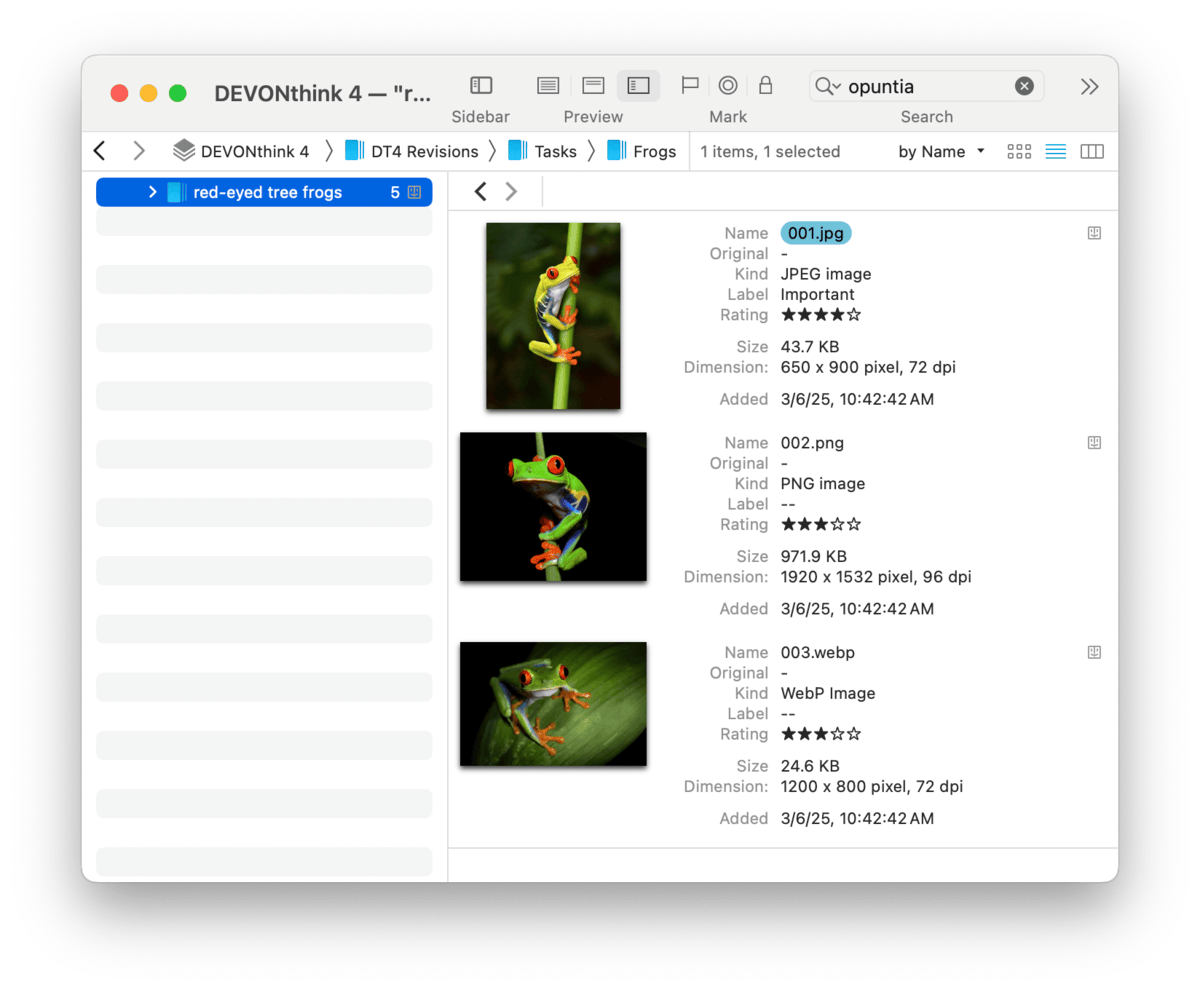|
|
Index Files on Your Hard Drive |
|
DEVONthink's databases are designed as portable, self-contained collections of documents and information, encapsulated in a single "file". However, some use cases require external access to some documents. But DEVONthink can accommodate that too. If you have an existing folder structure that must be accessible by others but you still want to leverage DEVONthink's power with them, you may be able to index them. Indexing creates links to files outside the database and treats them as if they've been imported (copied). The database doesn't contain copies of the files, only links to them, so it will be smaller than an imported database. You retain the ability to search for and edit compatible files. Files can be opened in their external applications, modified, and saved as you normally would. Since you're acting on the actual files in the filesystem, the database is "updated" automatically. And yes, it's possible to have a hybrid database containing both imported and indexed documents. Indexing is often used with cloud-synced folders, e.g., Dropbox but can be used with any accessible location. Bear in mind, performance can be affected if indexing networked volumes. Another option is to index media files, including on removable media. If you have a thumb drive of family photos, you can index those pictures and view them in DEVONthink while the drive is mounted. Or if you have assets on unmounted media, you could search for files on it and determine where they're located. In the case of text-based documents, this includes content-base searches. And though it's not a replacement for Apple Music or a bespoke music player, you could index your Music library or a folder of audio files and play them when you wish. IMPORTANT: While indexing seems like the best of both worlds, using it needs to be approached thoughtfully as you are dealing with the actual files in the filesystem. Please read and understand the In & Out > Importing & Indexing section before committing to it. Possible uses:
Continue to read here: |
